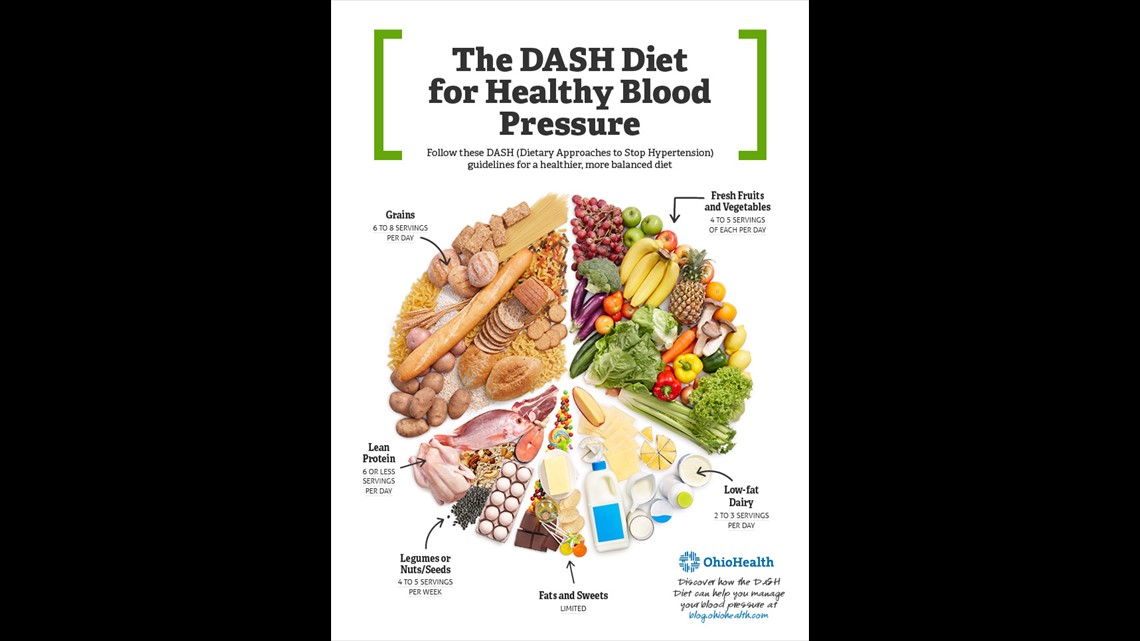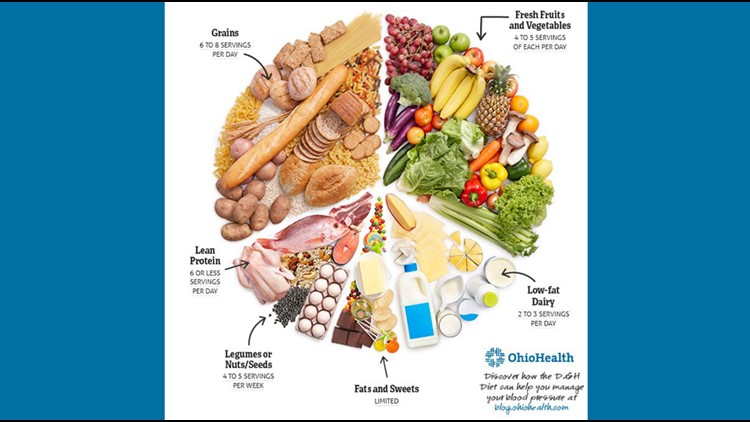Sponsored by: Ohio Health
If your blood pressure is creeping up, your doctor likely has mentioned changes to your diet to get it under control. While no one ever likes to be told they have to avoid some of their favorite foods, high blood pressure can cause serious health conditions if not treated, including stroke and death. In Ohio alone, heart disease was the number one cause of death in 2016.
Also in 2016, stroke was the fifth highest cause of death in the buckeye state. “When you look at brain health, high blood pressure is still the number one risk factor for stroke,” says Nirav Vora, MD, OhioHealth Medical Chief, Cerebrovascular.
“Chronic high blood pressure is directly related to having a brain hemorrhage,” says Vora. “Which is one of the most catastrophic forms of stroke. What we’ve also learned is that by controlling blood pressure, we prevent silent strokes in the brain, the effects of which can show up as dementia and cognitive decline.”


One of the most common ways to combat high blood pressure is the DASH diet, which stands for “dietary approaches to stop hypertension,” says Susannah Schneider, a dietitian with the McConnell Heart Health Center.
“The DASH diet is an effective option for people looking to change their eating habits, and it’s not necessarily a diet. It promotes healthy, balanced eating that includes plenty of fruits, vegetables and low-fat dairy foods,” she says. “Fresh produce is high in potassium, magnesium and calcium, which have been shown to lower blood pressure independent of medication.”
DASH Guidelines
- 6 to 8 servings of grains per day
- 4 to 5 servings of fresh fruits per day
- 4 to 5 servings of fresh vegetables per day
- 2 to 3 servings of low-fat dairy per day
- 6 or less servings of lean protein per day
- 4 to 5 servings of legumes or nuts/seeds per week
- Limited fats and sweets
When you aim to hit the four to five servings guideline in the DASH diet, you naturally end up choosing healthier foods instead of salty, processed snacks. Try to avoid cured or smoked meats like pepperoni, sausage and bacon — also frozen meals, canned soups and salted nuts in most cases, Schneider says. Whenever there is a low-sodium alternative at your grocery store, reach for that. Also, incorporate blood pressure-lowering foods like spinach, almonds, Swiss chard, dark chocolate and low-fat yogurt into your diet.
Get Moving
In addition to following the DASH diet, Schneider recommends following the American Heart Association guidelines. AHA recommends patients with high blood pressure follow an active lifestyle, including at least 150 minutes of moderate activity each week, or 40 minutes of moderate to high-intensity exercise three to four days a week if you have hypertension.
Wondering if a DASH diet could help get your blood pressure under control? Talk to your doctor today.



